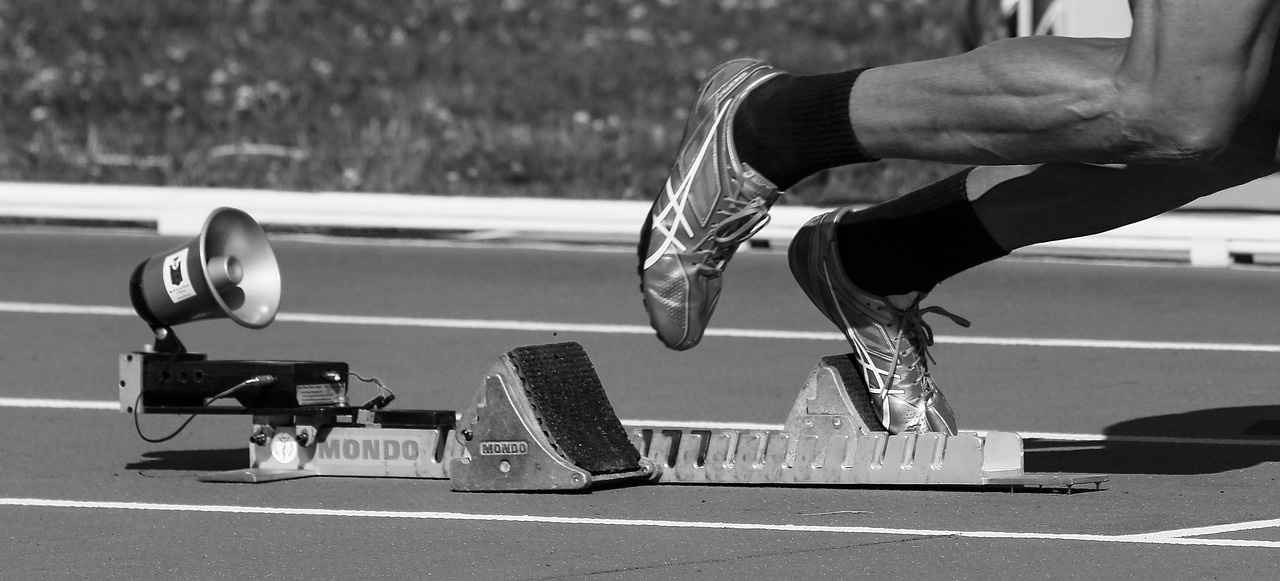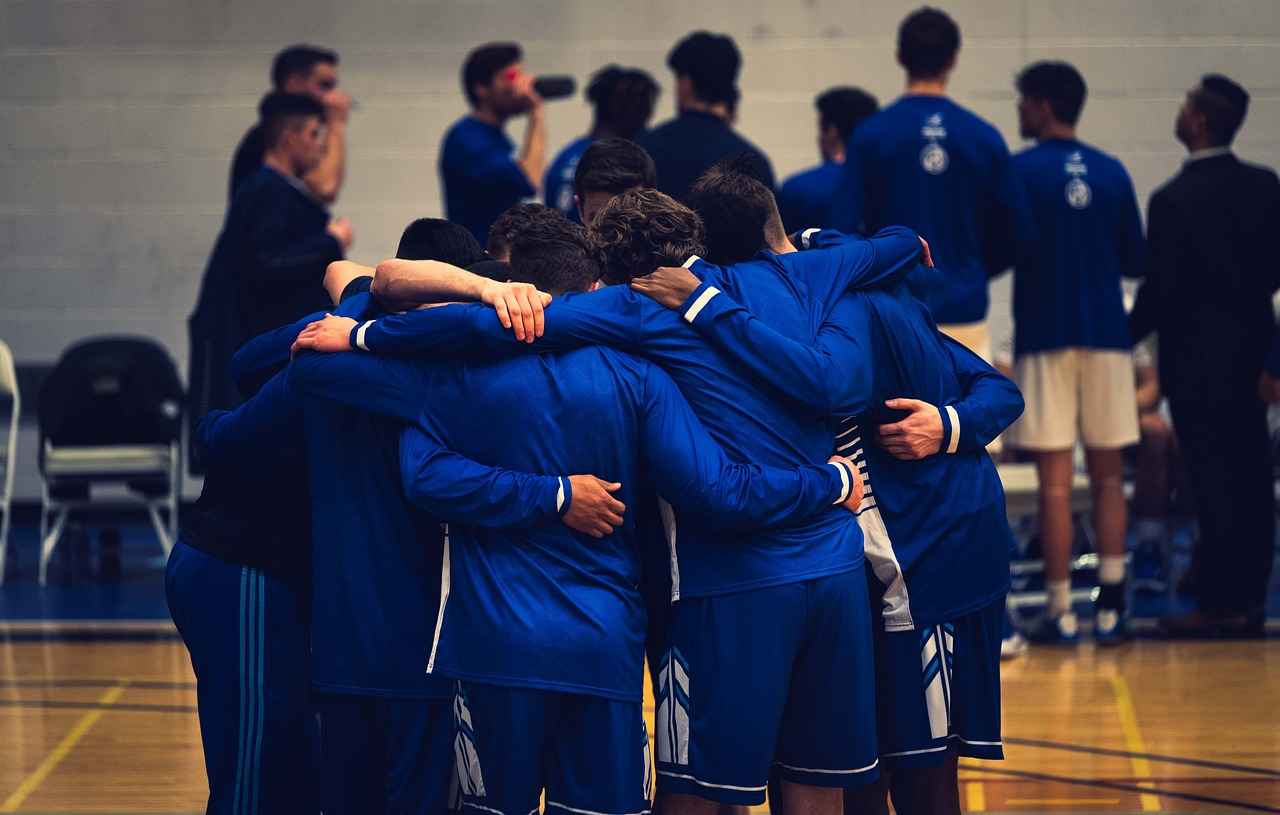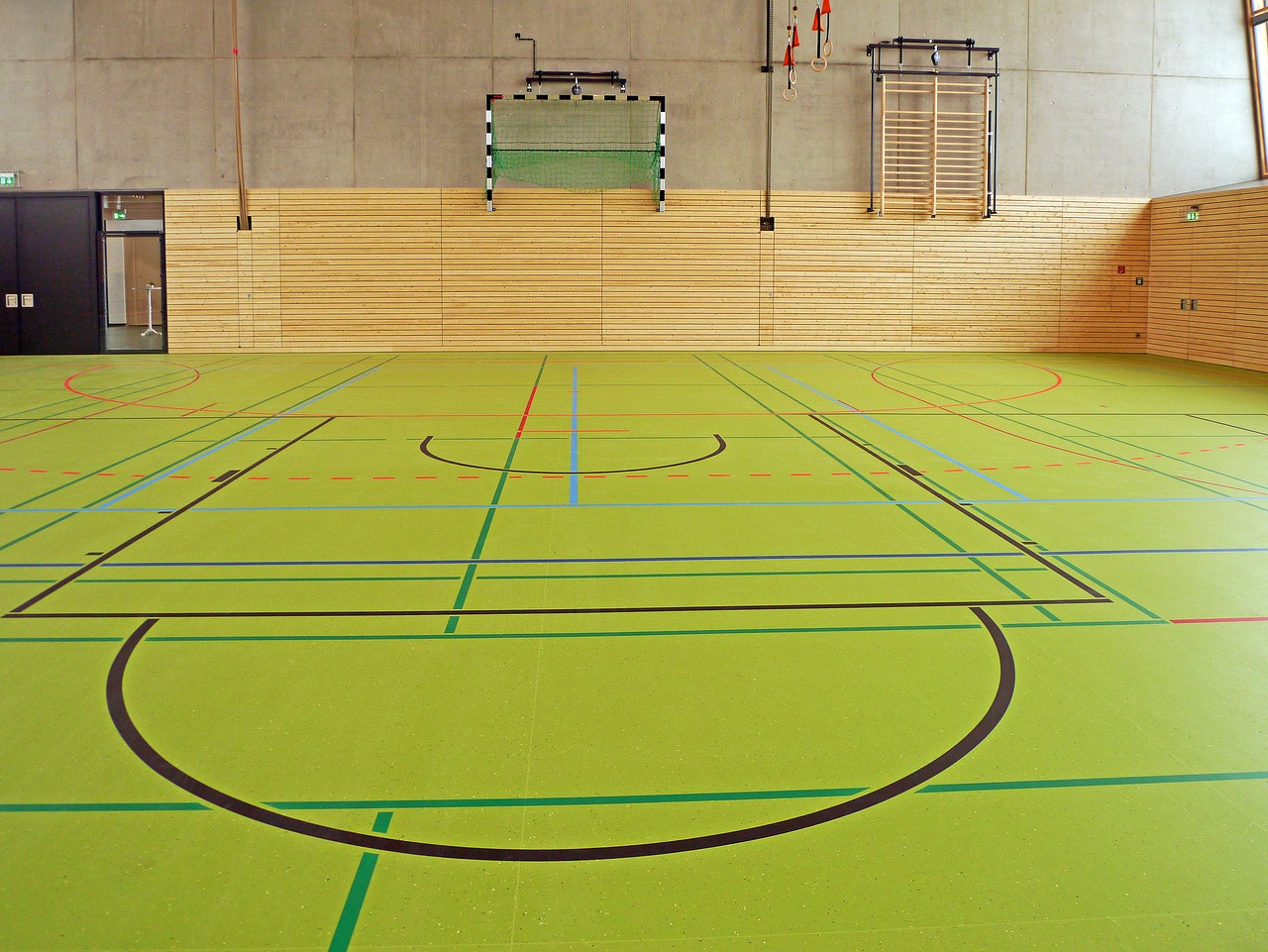
During my time as a Head of PE in a state comprehensive in the North of England, I saw an increase in the amount of Elite Sports Programmes being delivered in state schools. Alas, we also had a programme aimed towards supporting our ‘Gifted and Talented’ students. Programmes were either led by an outside agency or the PE department with the support of external agencies. As more and more of these programmes appear to be taking place in schools, I feel there is a real debate on the actual impact and purpose of their existence at all. Do the pros really outweigh the wider cons?
Elite sport academies
School sport can often be criticised with an ‘elitist’ mentality with results given greater importance than participation and inclusivity. Certainly, elite sporting academies can have this criticism directed towards them too.
For the few as opposed to the many
With these criticisms can be an amount of resentment from the outside, especially from ‘Non-elite’ students and parents.
Does youth and school sport need this extra negative press?
What exactly is meant by the term ‘elite’?
Is County level in one sport comparable to another?
Within football, Is scoring 25 goals for one local grass roots team the same as scoring 5 goals for a professional academy?
The ambiguity of entrance/selection criteria is commonly the most frustrating element for parents. This, coupled with that added passion of wanting the best for their child, often leads to anger and resentment, less than productive in the nurturing of children in sport and physical activity.

An alternative vision of PE and school sport
School leaders can be attracted to the implementation of an elite sporting academy for recruitment and retention purposes for the school. For someone with an alternate vision of Physical Education and School Sport, someone that believes that enrichment should equally available to all, this is disappointing. Wouldn’t it be good for school leaders to focus on aspects such as thriving extra-curricular programmes with high participation rates across the full school demographic? Sharing this at open evenings and through social media would be equally as powerful as showcasing a football team winning a county cup…
Or would it?
Elite sports students versus a ‘natural’ school team
The mentioning of county cups is interesting as I know several areas that have canvassed for the expulsion of elite sport programme schools entering county cup competitions. I can see both sides of the argument. There is a feeling of ‘What is the point’ when drawn against an elite programme by a school with a ‘natural’ school team. But, is excluding children from representing their school the best way to proceed? Could these programmes contribute to the slow-death of inter-school sport along with time pressures, administration and costs associated with fixtures?

Gifted and Talented programmes
As mentioned, I devised and led a programme for our most gifted and talented students whilst working as a HoD. The programme was born at a time that supplemented a broader school need for positive PR and in response to other local schools leading similar programmes. Nevertheless, the programme grew into a real institution within the school and became a real flagship G&T programme that other departments in the school took lead from and off-shoot programmes began in the Creative Arts and Sciences as a result. Our programme became a motivating factor for many students and provided a real target for many to achieve through extra-curricular participation, leadership within PE lessons and behaviour, attendance and conduct around school. Indeed, these elements were all on our (quite loose) criteria for inductees onto the programme and as such, extra-curricular numbers were bolstered and PE/Sport/Our G&T programme was having a school-wide impact on aspiration, behaviour and standards.
Multi-sport programme
For our multi-sport programme, which included students from a range of sporting endeavours in and out of school, we ensured that participation in the group was fluid. Students on the programme knew the standards they were expected to uphold including commitment to the PE department for events, fixtures etc. The counter-argument here is, are these expectations for PE loving students not just the norm in schools without G&T programmes? I often pondered this whilst leading the programme. Also, students that did not meet these expectations would be met with, parents informed and in several cases, removed from the programme. Once again, I often wondered about the longer-term impact of this public embarrassment. Not surprisingly, these students would develop a negative association with PE as a subject and school sport.
Referencing back to the fluidity of the programme however, the door was never closed to those that were not initially involved. I often held meetings to set personal targets to those on the cusp of involvement and this often led to incredibly motivated young people wanting to ‘prove us wrong’ and displaying resilience and ‘Bouncebackability’ along the way.

Measuring impact
Quantifying impact of such programmes is also a particularly grey area. Knowing how academic or sporting performance of individuals or groups would be have been impacted by involvement/non-involvement in elite programmes is impossible. So many contextual and ever changing factors impact a young person’s school journey towards adult sport. An additional initial ‘sell’ of the G&T programme that I led was that it was having a positive impact on progress within examination PE. The reality was that this claim was unsubstantiated and we still had students from the programme that had a ‘shocker’ in the exam and others that played a ‘blinder’.
Or, is impact judged upon the exit routes of elite sports programme participants? The amount that go on to play in the Premier League, WSL, Netball Super League or compete at the Olympics.
Selective programmes that hold ‘trials’ to gather the strongest students in a sport from a local catchment area will probably go on to win more school competitions, but do these students have a higher percentage chance because they were members of an elite programme or because of their involvement in out of school sporting academies and performance programmes?
Indeed a study conducted by Gullich & Barth (2023) summarises that involvement in talent programmes is positively correlated with short-term junior performance but is actually negatively correlated with long-term senior performance. The study expands to highlight that the highest performing senior (adult) athletes developed outside Talent Performance Programmes until older ages than lower performing senior athletes. For me, this further highlights the importance of a varied, relaxed, non-competitive and enjoyable sporting journey for young people. The power of multi-sporters knows no bounds!

PE and School Sport is for all not few
I have been on a real journey of reflection over the last decade or so since the inception of our programme. I have been involved in many stages from initial design and implementation, to having walked away from that environment to now having an alternate lens as a parent. The broader positives highlighted with reference to aspiration and school sport being used as a vehicle for whole school standards and expectations occur in the strongest departments and schools.
For me, PE and School Sport is for all not few. The resources, finance and personnel should be equally shared to promote a love of PE and enrichment should be wide-ranging and diverse. Of course, challenge and leadership opportunities should be sought for the Gifted and Talented students in a cohort but for me, this can be naturally found in PE departments that have a passion for high quality enrichment opportunities and a PE curriculum that engages and nurtures all of its students.
Want to read more?
Head to our blogs, ‘Is Moderate Competency Enough?‘ and ‘The Problem with GCSE PE‘
Reference
Gullich & Barth, 2023 – Effects of Early Talent Promotion on Junior and Senior Performance: A Systematic Review and Meta-Analysis.


Responses